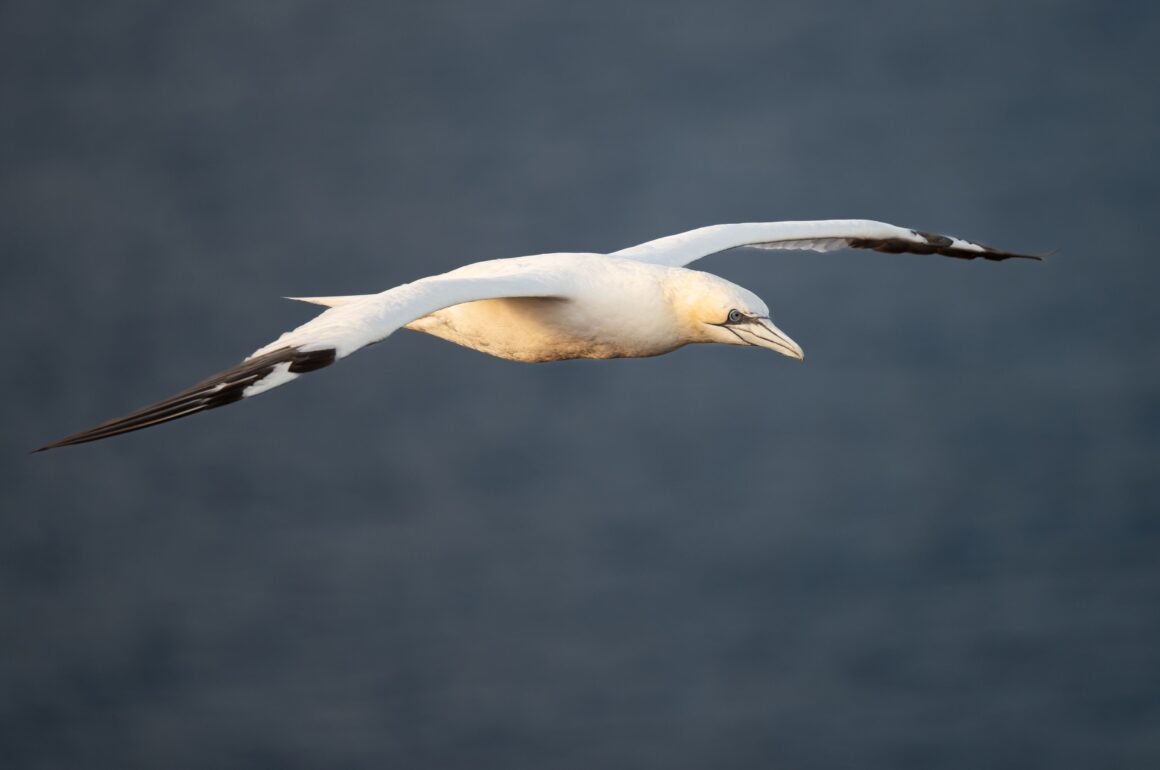
By Luca Feuerriegel
Family holidays to nature reserves and the abundance of nature books including bird guides at home paved the way for Luca to be a committed birder by the time he was in his early teens. Growing up in Namibia, South Africa, and Sri Lanka provided the perfect setting for this interest. Luca recently completed his BSc in the Netherlands and currently spends his time working (and birding!) before starting his MSc.
The North Sea Island of Heligoland has long been on my dream list of birding destinations. My chance materialized in September this year when I spent a month volunteering at the “Vogelwarte Helgoland”, the bird observatory on the island that is part of the Institute of Avian Research.
The observatory on Heligoland is well-known as one of the world’s oldest bird observatories and the place where Heligoland traps, a type of funnel system to trap birds for ringing, was developed. Most members of the observatory were around my age – mainly volunteers but also BSc, MSc, and PhD students. The shared interest in birds and the communal feeling that came from the collaborative work and even having meals together made for an extremely comfortable and enjoyable environment. Aside from the work at the observatory which consisted mainly of bird ringing, maintenance of the observatory and trapping garden, and entry of historical data into databases, we had a decent amount of free time. This time was invariably spent birding on the island (surprisingly…).
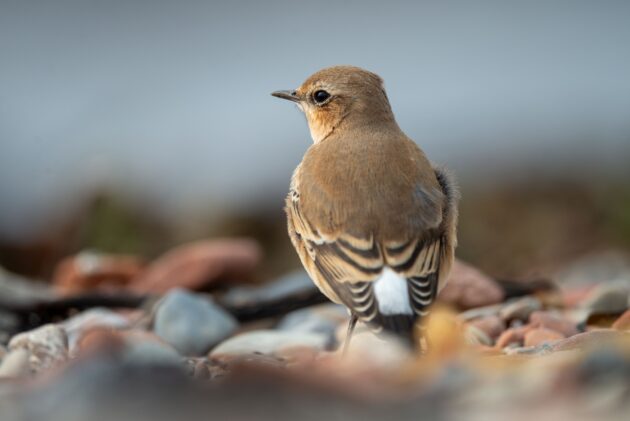
Stepping off the ferry upon arrival on the island, I was welcomed by nearly 20 Northern Wheatears that crowded the pavement right in front of the boat. The observatory recorded over 500 individuals on the island in total. This was one of the highest counts ever, so I could not have asked for a better introduction to Heligoland. Willow Warbler, Garden Warbler, Common Whitethroat, Lesser Whitethroat, Eurasian Blackcap, Common Redstart, Spotted Flycatcher, European Pied Flycatcher, Meadow Pipit, and Tree Pipit were also among the species present in high numbers, and the species we most often caught and ringed.
We often had dry spells during which few good birds were recorded for several days. This was exacerbated by the large number of Eurasian Sparrowhawks that seemingly rid the island of the few passerines that remained. However, I’m sure that this was probably also largely just a matter of perception. Because everybody knows that special birds can be found on Heligoland at any moment, even a decent day is hard to endure here as expectations are constantly extremely high.
Overall, the birding was excellent, however, and I saw many birds including a good haul of lifers. Iberian Chiffchaff, Greenish Warbler, Red-breasted Flycatcher, Ortolan Bunting, and Short-eared Owl, were some of the nicer finds in early September. We also regularly enjoyed migrants on passage, including a possible hybrid Hen/ Montagu’s Harrier, Pallid Harrier, Western Marsh-Harrier, Western Honey-Buzzard, Peregrine Falcon, Eurasian Hobby, and Osprey.
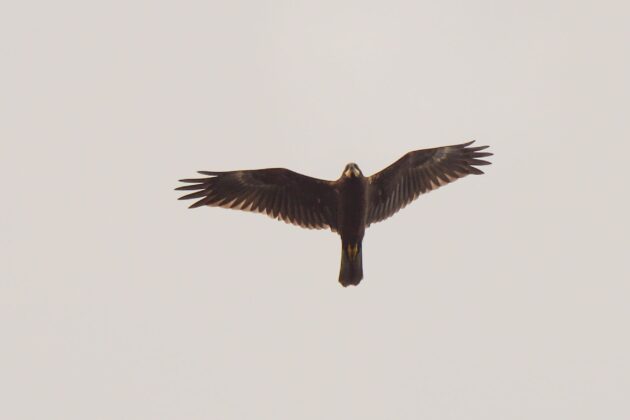
Little Bunting is a classic autumn special on Heligoland high on my target list, and we were treated with many different individuals of this attractive bird. Some individuals were very tame and proved very popular with photographers.
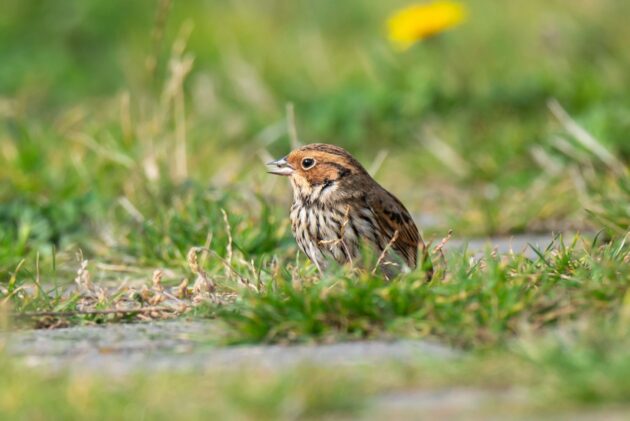
Not to mention the far rarer Rustic Bunting, which appeared at the compost heap in the northeastern area of the island and was around for a few days although being restless and hard to get good views of. A few Yellow-browed Warblers, another a typical autumn migrant on the island, also showed up. In fact, one individual hopped onto the same branch on which the Rustic Bunting had perched a few seconds earlier, while Iberian Chiffchaff and Greenish Warbler were calling from a nearby thicket – something you can surely only have on Heligoland!
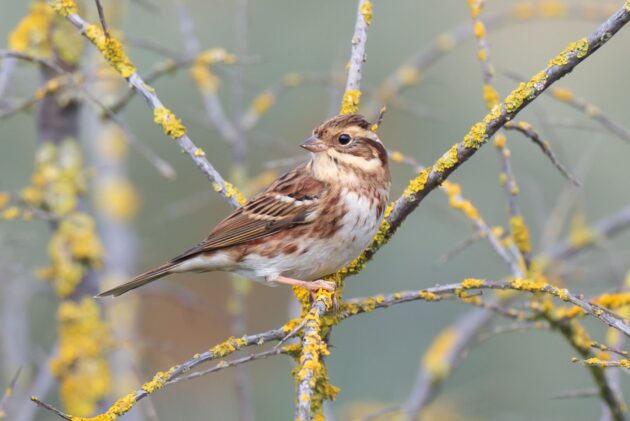
Another highlight was the waders, which allowed a very close approach on the north-eastern beach of the main island. Species included Red Knot, Common Ringed Plover, Bar-tailed Godwit, Sanderling, Dunlin, Curlew Sandpiper, European Golden-Plover, Grey Plover, Ruff, Eurasian Godwit, and Little Stint.
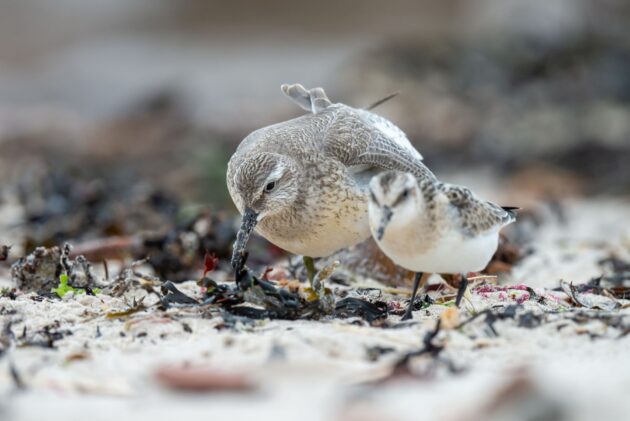
No birding trip report on Heligoland would be complete without a mention of the famous breeding colony of pelagic birds breeding on the western cliff. By the time I arrived only Northern Gannets were still around (fulmar, gulls, and auks also breed here), and they were indeed amusing to watch (see featured image). However, I have to admit that after two visits, the potential rarities lurking in bushes in other parts of the island got the better of me and I rarely ventured to the viewpoints over the colony again.













As a German living in Shanghai, it warms my heart to see that some of the common winter birds here (like the Little and Rustic Bunting) are rarities on Heligoland …
Been birding in Germany for 40+ years, yet have never been to Heligoland. I know I really should visit one day, not so much for the rarities but because you can see so many of our commoner species there at very close range. Certainly one of the birding hot spots globally.